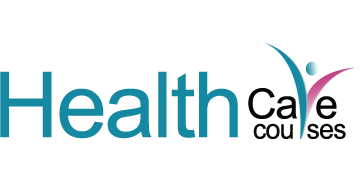Health Level7 Article
Understanding Health Level7 (HL7)
Health Level7 (HL7) is a set of international standards for the exchange, integration, sharing, and retrieval of electronic health information. It plays a crucial role in facilitating interoperability between various healthcare systems and improving patient care outcomes.
Key Facts about HL7:
| Fact |
Statistics |
| Founded |
1987 |
| Number of Member Organizations |
Over 2,000 |
| Standards Versions |
HL7 v2.x, HL7 v3, FHIR |
Importance of HL7 in Healthcare:
HL7 standards enable seamless communication between different healthcare IT systems, allowing for the secure exchange of patient data such as electronic health records (EHRs), lab results, and imaging studies. This interoperability leads to improved care coordination, reduced medical errors, and enhanced patient safety.
Benefits of HL7 Implementation:
- Enhanced data accuracy and completeness
- Streamlined workflows and reduced administrative burden
- Facilitated decision-making and care coordination
- Improved patient outcomes and satisfaction
By adopting HL7 standards, healthcare organizations can achieve better data interoperability, promote information exchange, and ultimately deliver high-quality, patient-centered care.
Conclusion:
Health Level7 (HL7) is a vital framework for standardizing health data exchange and promoting interoperability within the healthcare industry. By adhering to HL7 standards, organizations can improve care delivery, enhance patient outcomes, and drive innovation in the digital health space.
